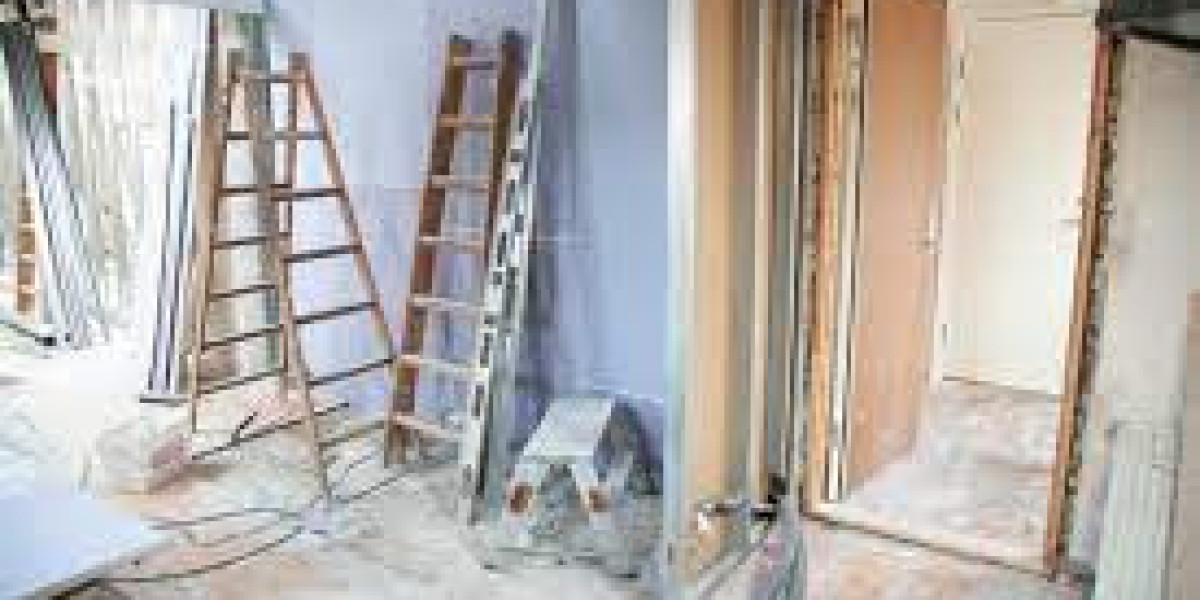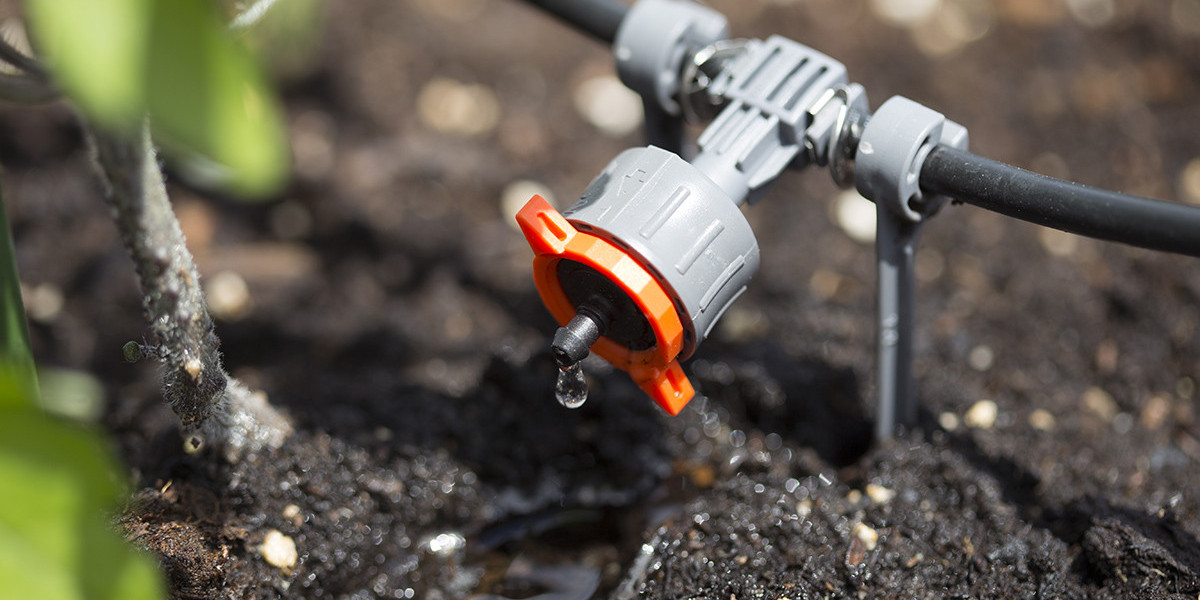Renovating your home can be a rewarding DIY project, but having the right tools is essential to get the job done efficiently and effectively. Whether you're a seasoned Dyer or just getting started, here are the top 10 greatest renovation tools every DIY enthusiast should have in their toolkit:
1. Cordless Drill
A cordless drill is a versatile tool that can handle various tasks, from drilling holes to driving screws. Look for one with adjustable speed settings for more control. This tool is a cornerstone of any DIY toolkit and will be indispensable for many projects, from hanging shelves to assembling furniture.
2. Hammer
A good-quality hammer is a must for tasks like framing, hanging pictures, or assembling furniture. Choose one with a comfortable grip and balanced weight to minimize hand fatigue. Hammers come in various styles, including claw hammers for pulling nails and framing hammers for heavy-duty work. Select the one that suits your needs.
3. Screwdriver Set
Invest in a set of screwdrivers with different sizes and types of heads. This will cover various screw types and sizes you'll encounter during your projects. Having both flathead and Phillips screwdrivers is essential, and consider including a set of precision screwdrivers for delicate tasks. Magnetic tips can be a handy feature to prevent dropping screws in hard-to-reach places.
4. Tape Measure
Accurate measurements are crucial in restoration projects. A durable tape measure with both metric and imperial measurements is a handy tool to have. A locking mechanism allows you to measure with ease and accuracy, and a belt clip keeps it within reach. Longer tape measures, typically 25 feet or more, offer greater versatility.
5. Level
A level ensures that your projects are straight and even. It's indispensable for hanging shelves, installing cabinets, or aligning picture frames. You can choose from traditional bubble levels or digital ones for more precise measurements. Levels come in various lengths, so consider a selection of sizes to fit different project requirements.
6. Utility Knife
A utility knife is versatile for cutting materials like drywall, carpet, or insulation. Make sure it has a retractable blade for safety. Utility knives often have replaceable blades, ensuring they remain sharp and efficient. A comfortable grip and a sturdy construction are key features to look for in a utility knife.
7. Pliers Set
A set of pliers, including needle-nose and slip-joint pliers, is essential for gripping, bending, and cutting wires or small objects. Pliers are available in various sizes and styles, each designed for specific tasks. Needle-nose pliers are excellent for precision work, while slip-joint pliers are more versatile for a wide range of applications.
8. Safety Gear
Safety should always be a top priority in any DIY project. Invest in safety gear, including safety glasses, ear protection, gloves, and a dust mask, to protect yourself during any renovation projects. Safety glasses should have impact-resistant lenses to shield your eyes from dust, debris, and any potential flying objects. Ear protection helps reduce noise exposure, which can be harmful in loud revamp environments. A comfortable pair of work gloves with good grip can protect your hands during various tasks. A dust mask, especially when dealing with sanding or painting, guards against inhaling harmful particles.
9. Circular Saw
For cutting large sheets of wood or other materials, a circular saw is invaluable. Ensure it has adjustable depth settings for precise cuts. Circular saws are available in corded and cordless models. Corded saws provide constant power but require an electrical outlet, while cordless saws offer more portability but may have limited battery life. The choice depends on your specific needs and preferences.
10. Toolbox
A sturdy toolbox keeps your tools organized and portable. Look for one with compartments or trays to separate and access your tools easily. Toolboxes come in various sizes, so select one that accommodates your tool collection. Many toolboxes feature a top compartment for small items and a larger main compartment for larger tools. A durable and reliable toolbox will keep your tools safe and make them easy to transport.
Conclusion
In conclusion, having the right tools is essential for any DIY paramount renovationf project. The top 10 tools mentioned here can help you tackle a wide range of tasks, from simple repairs to more extensive home improvement projects. Remember to prioritize safety by wearing appropriate gear and using tools as intended. With the right tools and some DIY know-how, you can take on a variety of projects and make your home more beautiful and functional. Renovating your home is not just about improving its aesthetics; it's also about enhancing its functionality and, ultimately, increasing its value. So, go ahead, equip your toolbox, and embark on your DIY repair journey with confidence.



